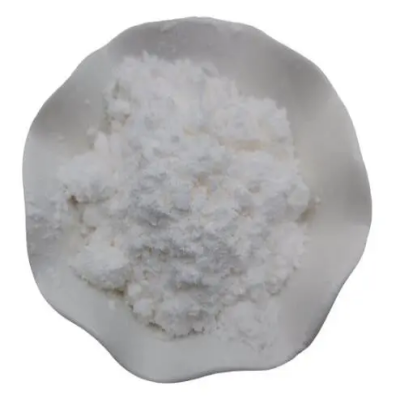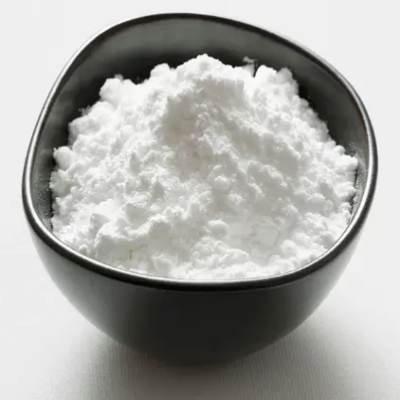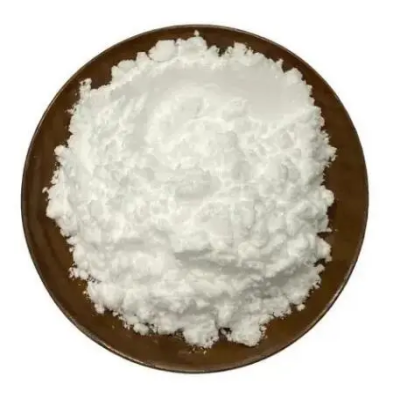2-cyano-5-fluorobenzylbroMide CAS:421552-12-7
2-Cyano-5-fluorobenzyl bromide is synthesized through a synthetic pathway involving the bromination of 2-cyano-5-fluorobenzyl chloride or direct bromination of 2-cyano-5-fluorotoluene followed by conversion to the benzyl bromide derivative. This process ensures the introduction of the bromine atom at the benzyl position while maintaining the integrity of the cyano and fluorine functionalities. The purity and yield of the product are critical for subsequent organic transformations and applications. Synthetic Routes The synthesis of 2-cyano-5-fluorobenzyl bromide typically begins with commercially available starting materials such as 2-cyano-5-fluorotoluene or 2-cyano-5-fluorobenzyl chloride. Bromination is achieved using elemental bromine or a brominating agent under controlled conditions to ensure selective substitution. The resulting benzyl bromide derivative undergoes purification to remove impurities and achieve high purity suitable for further chemical reactions. Chemical Reactivity 2-Cyano-5-fluorobenzyl bromide exhibits significant reactivity owing to the presence of electron-withdrawing groups (cyano and fluorine) and the benzyl bromide moiety. This reactivity allows it to participate in various organic transformations, including nucleophilic substitution, Suzuki coupling, and Heck reactions. These reactions are essential in the synthesis of pharmaceuticals, agrochemicals, and specialty chemicals requiring complex molecular structures. Applications in Organic Synthesis In organic synthesis, 2-cyano-5-fluorobenzyl bromide serves as a versatile intermediate for constructing diverse chemical compounds. Its ability to undergo selective transformations into substituted benzyl derivatives enables the preparation of compounds with tailored properties and functionalities. Researchers leverage its reactivity to introduce specific groups and motifs critical for biological activity or material design. Conclusion 2-Cyano-5-fluorobenzyl bromide plays a pivotal role in organic synthesis and pharmaceutical chemistry, serving as a key intermediate in the preparation of complex molecules. Its controlled synthesis and versatile reactivity highlight its importance in modern chemical research and industrial applications. Ongoing studies focus on expanding its synthetic utility and exploring new applications, underscoring its significance in advancing the frontiers of organic chemistry and drug discovery.



| Composition | C8H5BrFN |
| Assay | 99% |
| Appearance | white powder |
| CAS No. | 421552-12-7 |
| Packing | Small and bulk |
| Shelf Life | 2 years |
| Storage | Store in cool and dry area |
| Certification | ISO. |









